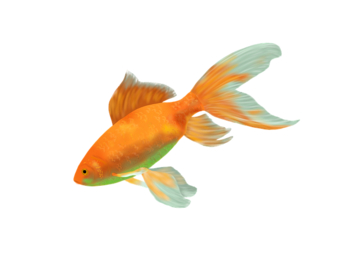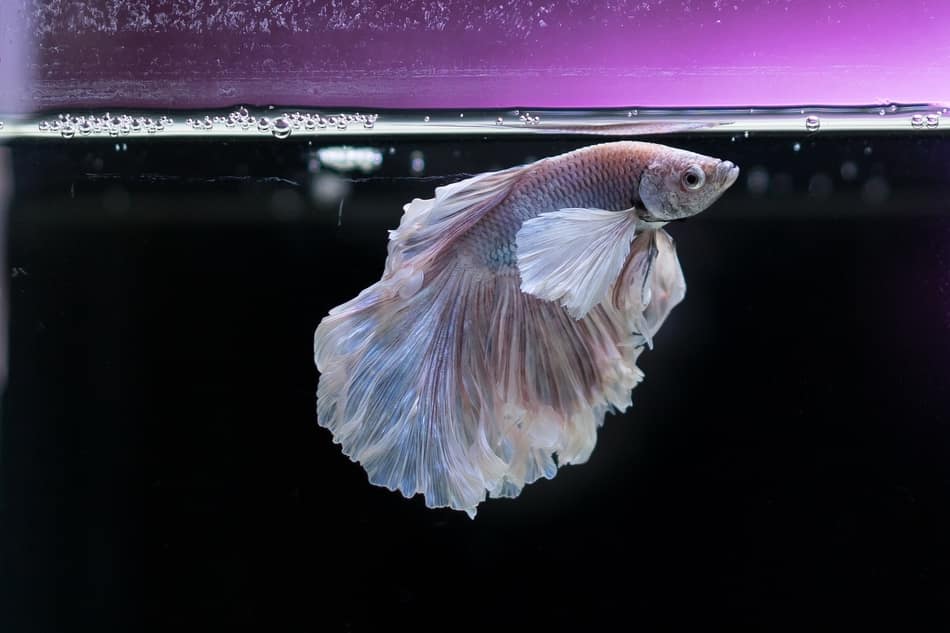
Fish, unlike humans, are cold-blooded creatures. They rely on their environment to keep functional stability in their bodies.
Aquarists tend to mimic the natural habitat of their pets as much as possible. The conditions for fish survival can be maintained and groomed in various ways. Water change is one way to keep the conditions tanks favorable to fish.
Unfortunately, it comes with a high risk that you must manage appropriately. Failure to which, the sudden exposure to varying conditions of new water shocks our fish. A properly executed water change should have the water being introduced into the tanks in similar conditional characteristics to that already in the tank.
Fish, even in bad water conditions, are adapted to their environments gradually. That is why tropical fish can not be housed at certain temperatures while they thrive in a specific range of temperatures. The bodies are wired to survive in a specific set of environments.
Water changes can alter this specific set of conditions in any tank. Being so sudden, it will cause illicit consequential reactions from the fish. Normally, quite adverse. Some will ask, what conditions should be kept constant during water changes?
Experienced aquarists may know a thing or two about this; for the sake of those who don’t, I will shed some light on this topic. Hopefully, it will save a fish’s life.

Aquatic conditions. What do you mean?
The following are aspects of water that you must pay extra attention to during water changes:
-
Temperature
Normally, aquarists have an established optimal temperature range for the fish they keep. Whether it’s tropical, warm water, or cold-water fish, the temperature should always be constant and optimal. Water heaters in aquariums are used to maintain a specific temperature range in fish.
The first thing one should check before replacing water from fish tanks is temperature. You should check to ensure the temperature of the water going into the tank is not only similar to the remaining water but also optimal to your fish’s requirements.
Sudden temperature changes can cause stress to fish and lead to temperature-related illness.
-
pH
Just like we have an optimal temperature range for fish, we have an optimal pH range for varying types of fish. pH is basically a measure of how acidic or alkaline/basic something is.
Some fish thrive in acidic environments, while others prefer alkaline conditions. Fish can survive in pH out of their optimal range (But close to): the only difference is that they won’t be at their best.
A gradual change in water pH is normal to fish as the ph in an aquarium can shift back and forth in a 24 hour period. Drastic changes, however, are intolerable.
You should always test for pH during water changes and adjust accordingly where necessary.
-
Water quality
The quality of water your fish lives in is very vital. Parameters such as salinity, dissolved minerals, and chemicals factor greatly when you consider the health of the fish.
Chemicals such as chlorine and chloramine destroyer fish organs (like gills) and kill beneficial bacteria in filter media and substrate. Needless to say, the death of beneficial bacteria in your aquariums will start a series of reactions that will release poisonous toxins in your aquarium. If the shock causes illness, release toxins will hasten their death.
Again, double-check that the quality of water you intend to fill your tank with is suitable. It might just save your fish’s life.
What to do when fish shows signs of shock
In shock, fish can manifest various signs and symptoms. To name a few:
- Lethargy
- Gasping for air
- Rapid swimming and darting
- Comma
If you notice any of these signs or other strange behavioral changes after the water change, you should first prevent further complications and diseases.
The best way to address shock in fish due to water change is to find the cause of the shock quickly. You should test the water and determine what is not normal.
Once the cause of shock is known, you should take actions to address the problem immediately. If you have a spare tank or tap water in suitable conditions, transfer your fish when you try to establish the cause of shock.
If the fish is gasping, you can try to agitate the water surface to aerate it. Air pumps will come in handy at such times because all you have to do is switch them on.
Conclusion
For your fish’s sake, you should be careful when performing water changes. Do your research ahead of time to know what you should or shouldn’t do clearly.
If you forget everything else, try to remember that the best way to save a fish in shock is to turn on your flash (yes, the Grant Justin edition) mode and find the cause of the shock.